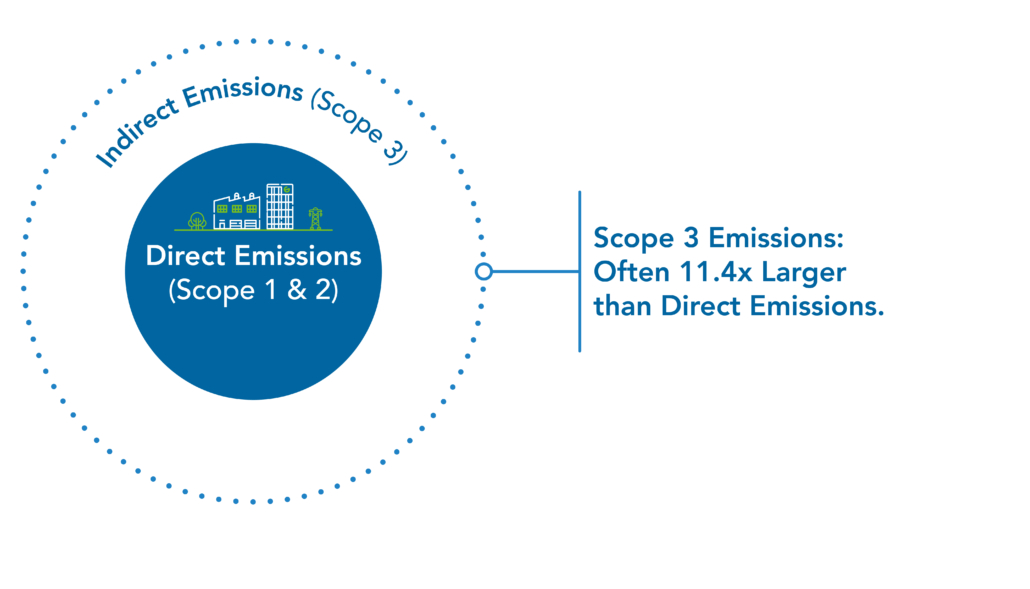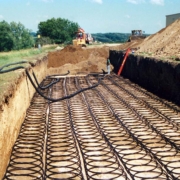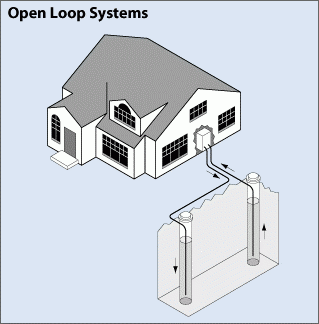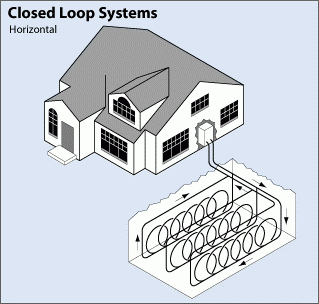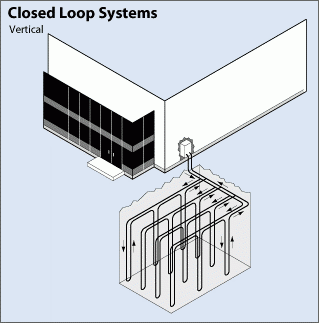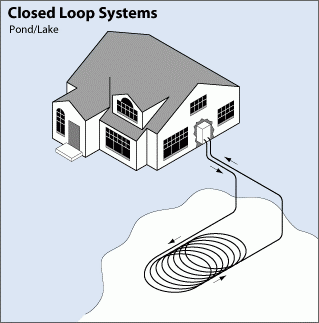Renew Energy Partners Closes Out Eventful Year, Looks Towards a Successful 2025
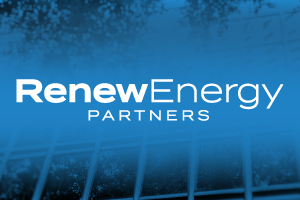
Boston, MA, January 30, 2025 – Energy-efficient retrofitting of buildings is often both economically challenging and complex. Boston-based Renew Energy Partners LLC (RENEW), a leading decarbonization firm, has forged a hard-earned track record of collaborating with corporations and building owners to leverage clean power and energy-saving systems to craft bold, game-changing solutions that are simultaneously impactful and financially rewarding.
In 2024, RENEW made strides in its mission to partner with businesses to effectively meet regulatory and consumer demands to reduce carbon footprints.
“2024 was a remarkable year of growth for RENEW, and we are confident that this growth will continue into 2025. Our commitment to our mission remains steadfast. Though there is pushback at the federal level, the facts remain clear. Local and state initiatives continue, the viability of our projects transcend federal tax policy, energy costs are rising, and climate change is accelerating. RENEW is uniquely positioned to create win-win solutions for our clients. We’re excited to build on this opportunity in 2025!” said Charlie Lord, Principal and Co-founder of RENEW.
Advancing Sustainability in the Industrial Sector
In 2024, RENEW expanded its collaborative efforts to drive sustainability across the industrial sector. As a proud participant in Honda’s Green Excellence Program, RENEW continues to support the automotive giant’s decarbonization goals through innovative energy solutions. Additionally, RENEW partnered with Unilever’s Supplier Climate Program to host a webinar focused on supply chain decarbonization, providing actionable insights and guidance to help suppliers identify opportunities for funding their emissions reduction plans.
As an example of this momentum, RENEW completed the financing for an extensive project with a large manufacturing facility in the transportation sector. Designed to operate with zero waste to landfill and achieving carbon neutrality, the plant utilizes carbon-free electricity and innovative energy recovery systems to significantly minimize its environmental footprint. In addition to setting new standards in environmentally responsible industrial practices, this initiative also significantly bolsters local employment with thousands of newly created jobs.
Innovative Financing Solutions
Launched last year, RENEW’s fourth investment fund – Renew Energy Efficiency Projects 4 (EEP4) – underscores the firm’s leadership in sustainable finance, offering a practical, replicable solution for companies aiming to balance financial and energy-saving goals while addressing broader environmental impacts.
RENEW is the majority equity investor in EEP4 and has executed a Master Revolving Loan and Security Agreement (MRLSA) with Mitsubishi HC Capital America. This marks a major milestone in expanding accessible financing solutions for commercial, industrial, and institutional clients. In the past calendar year, EEP4 supported projects in energy efficiency, combined cooling, heating, and power, distributed generation, microgrids, battery storage, thermal storage, and EV charging stations.
Upon the announcement of the partnership with RENEW, Stéphane Arsenault, Senior Vice President of Sustainable Development Finance at Mitsubishi HC Capital America said, “We’re proud to further develop our relationship with RENEW by establishing a credit facility for EEP4. This debt facility will boost RENEW’s ability to move efficiently and capture more share in this important market.”
In 2024, RENEW also launched an innovative new tax credit program. One successful example of the implementation of this program is a partnership between RENEW and a non-profit housing cooperative to provide sustainable energy through a Power Purchase Agreement (PPA), taking on the ownership and sale of tax credits associated with the project. This arrangement reduced the co-op’s payments and generated additional revenue, enabling them to access renewable energy benefits without the complexity of managing tax credits. This innovative financing model allows organizations with limited tax liability to adopt sustainable energy solutions without diverting resources from their core mission. By handling the administrative and financial intricacies, RENEW allows clients to achieve their sustainability goals without compromising their primary work.
In recognition of its unique approach, RENEW received the Department of Energy’s Better Buildings U.S. 2024 Climate Finance Innovator Award, recognizing RENEW’s pioneering approach to financing decarbonization projects. This award highlights RENEW’s unique model, which places emissions reduction and cost savings at the center of their mission, funding carbon reduction projects through methods that go beyond traditional financing solutions. With scalable and replicable solutions, RENEW was recognized for creating a framework that can drive meaningful impact across multiple sectors.
Key Additions to Core Staff
The RENEW team welcomed several new members in 2024. Among these additions, Janette Kessler, Vice President, Project Finance, and Lindsey Brist, Senior Business Development Lead, had an immediate and positive impact on RENEW’s operations.
Kessler is at the forefront of project finance innovation at RENEW, driving solutions that empower clients to achieve their decarbonization goals. In 2024, Kessler forged valuable partnerships with recipients of the Greenhouse Gas Reduction Fund, enabling RENEW to leverage low-cost capital and deliver the most compelling financial packages for sustainability. Her expertise has supported RENEW’s growing demand for project finance as the pipeline of projects expands, indicative of the dynamic growth of the company.
Lindsey Brist is the driving force behind RENEW’s project development out West. Her background with a public utility and relationships with developers across the U.S. means she speaks the language of RENEW’s key partners, turning connections into invaluable assets. Brist’s positive spirit and dedication to building the right networks are key to driving real change and strengthening RENEW’s impact.
In the coming months, RENEW Energy Partners will embark on a number of ambitious new projects that will continue to successfully drive energy resilience, carbon reduction, and cost savings for businesses.
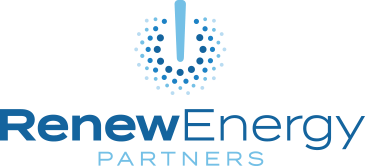
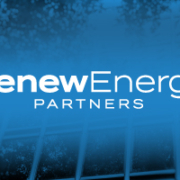




![A Collaborative Approach to Decarbonizing the Supply Chain[1]](https://renewep.com/wp-content/uploads/2024/11/RENEW-Blog-Featured-Image-A-Collaborative-Approach-to-Decarbonizing-the-Supply-Chain-180x180.jpg)
![A Collaborative Approach to Decarbonizing the Supply Chain[1]](https://renewep.com/wp-content/uploads/2024/11/RENEW-Blog-Featured-Image-A-Collaborative-Approach-to-Decarbonizing-the-Supply-Chain.jpg)
